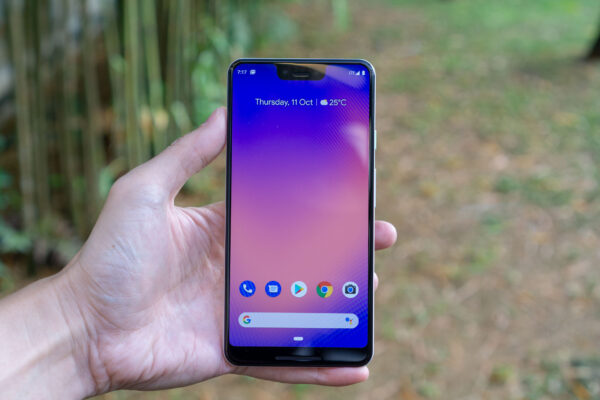
Two years ago, Google decided they’d make and sell their own smartphones. This year, we have the third generation of their Pixel smartphones, the Pixel 3 and Pixel 3 XL, just unveiled earlier this week. Here’s my quick hands-on experience with the Pixel 3 XL.
Pixel smartphones might not sell anywhere as well as Apple or Samsung flagships, but there is still much interest in them, and many people were looking forward to Google’s 9th October hardware event. However, so much has leaked about the Pixel 3 smartphones this year before the actual announcement that there wasn’t much left for Google to surprise us.
That’s not to say that there isn’t anything interesting about the Pixel 3. Google still wowed us with new software features, especially to do with the camera, which while not earth-shattering, are definitely cool and something that sets the Pixel 3 smartphones apart from the competition.
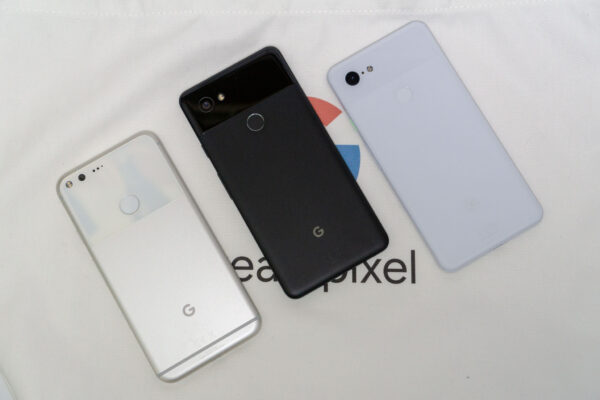
The three generations of Pixel smartphones have been mostly an evolutionary process. They sport the same design language, which may start to feel stale, but I think subtle design changes have added to a more polished and refined product.
In terms of physical body dimensions, the Pixel 3 XL is identical to the Pixel 2 XL. In fact, a case designed for the older device will probably accommodate the Pixel 3 XL, if the cutouts are not too tight-fitting, and you don’t mind the cutouts not being perfectly aligned. The newer device is slightly heavier, but that 9 grams difference isn’t going to matter. The phone feels very solid, and it is very well-built.
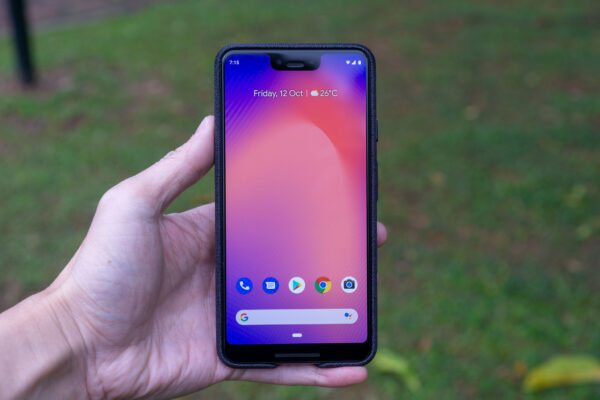
That notch on the front has evoked strong reactions from numerous people, mostly negative. No notch is best, and less of it is certainly better than that much we’re getting on the Pixel 3 XL. However, now that the notch is there, we should ask ourselves if that aesthetic anomaly impairs or encumbers the use of the phone.

I’m not trying to make excuses for Google. I’ll be happier if there was some symmetry in the notch height with the bottom chin. They need to shave off at least 1 mm from the notch. The notch looks as ugly as it is, to me, because it is deeper than the chin. No, please don’t fix that by enlarging the chin.
We still do get two front-facing stereo speakers. This year, the speakers are not just louder, but also have a deeper bass. They sound much better, with more full body in the music output. My review unit exhibits a little bit of rattling noises, though I’m not sure if this is just my set or representative of other Pixel 3 XL devices. That aside, the speakers are great for enjoying YouTube and videos.
The new 6.3-inch OLED screen is beautiful. It has a resolution of 2960×1440, which I’m not sure if you should label as 19:9 or 18:9 aspect ratio, as it depends on whether you want to count the notched portion. The screen looks brighter, supports HDR, and everything looks crisp and colour accurate.
Speaking of colours, Google seems to have given in to the preferences of most users wanting vibrant, saturated, colours by making Adaptive colours the default. The Adaptive colours aren’t as saturated as you might see on other smartphones, but that appears to be a choice that Google has made. They say their Adaptive mode has been tuned to limit over-saturation of skin tones and reds in particular. In other words, Adaptive mode saturates colours, but does not go overboard.
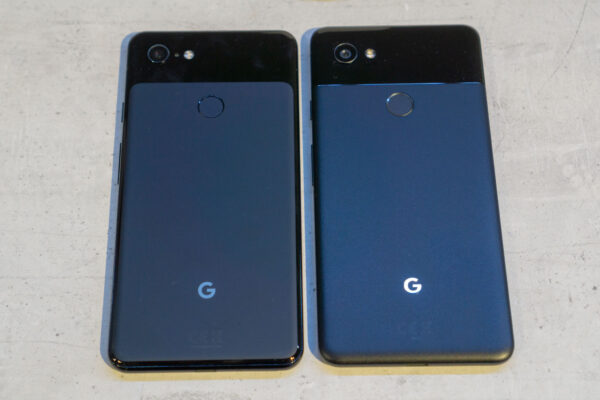
The new Pixel 3 smartphones are all glass front and back. The change on the back is ever so subtle, the matte metal on the older device now replaced with matte glass. They may look visually similar at first glance, but you can feel the difference instantly. That soft-feel glass feels very nice. It’s as slippery as the matte metal though, but thankfully, instead of the matte metal wrapping around the sides on the older device, the Pixel 3 has some sort of glossy coat that feel less slippery.
Some people are disappointed to see that the Pixel 3 smartphones still make do with just one main camera on the back. Google thinks their single camera, software, and AI, are more than enough to make up for dual and triple camera setups. We’ll have to see if that is the case in detailed photo analysis. In casual tests, the camera on the Pixel 3 XL works marvelously. It is most definitely one of the best cameras there is to have on a smartphone.
This year, the Pixel 3 smartphone camera sports a couple of new features:
- Night Sight lets you take natural-looking photos in low-light conditions without using a flash. Google provided a sample comparison between the iPhone XS and Pixel 3 cameras, showing how the latter was able to brighten shadows that could hardly be seen in the former.
- Playground replaces AR Stickers. The new animations are now called “Playmoji”, and you can quite impressively interact with them. In addition to the Star Wars themed characters launched last year, we now have a
Marvel-themed playmoji set. - Motion Auto Focus enables you to keep moving subjects in focus. This will make it far easier to take photos of young children and pets who won’t keep still for your perfect shot.
- Top Shot uses AI will help you capture the perfect shot. If you missed the perfect timing, Top Shot will recommend the best one from a series it has been recording automatically, making sure that everyone is smiling, eyes wide open, and facing the camera.
- The improved Panoramic mode finally takes panoramas just like most other smartphones, just pan around the phone naturally. Previously, the Pixel camera required you to pause and aim the dot and circle as the viewfinder directs you. As one who likes taking panorama shots now and then, I’m really happy to see Google getting this done right.
Although Google doesn’t see the need for a second rear camera, they see fit to include two cameras on the front. In addition to a regular selfie camera, the Pixel 3 smartphones include an extra wide-angle camera which provides 184% more coverage for easier wefie shots without needing selfie sticks.
As in previous years, you still get free and unlimited photo and video storage in Google Photos, until 31st January 2022. You would have probably upgraded the Pixel 3 XL by then.
With the glass back, the Pixel 3 XL finally supports Qi-compliant wireless charging. Google sells the Pixel Stand accessory especially designed for the Pixel 3 smartphones, which can turn them into smart Google Assistant display. I’ll review the Pixel Stand in a separate post.
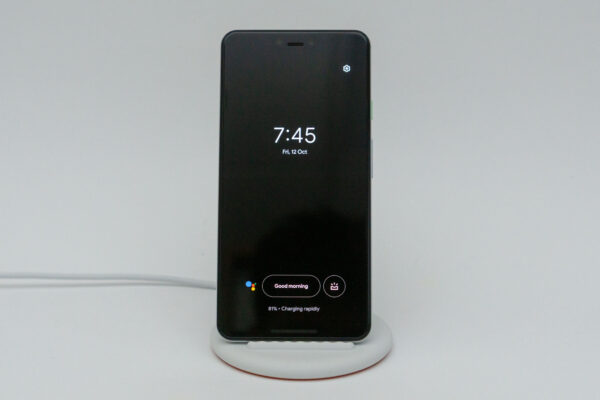
A small but notable improvement is with the vibration motor. I’m not sure how to describe it, but it’s more crisp, like it is with the haptic feedback on iPhones, though perhaps not as strong. It’s much better than it was on the Pixel 2 XL.
I had hoped, in vain, for dual SIM support. Unfortunately, the Pixel 3 XL has a single nano-SIM slot. There is eSIM too.
Not surprisingly, there is no 3.5 mm audio jack on the Pixel 3 smartphones. However, this year, Google has included wired Pixel Buds in the box. You still get a USB Type-C to 3.5 mm audio adapter, in case you prefer to continue using your wired headphones.
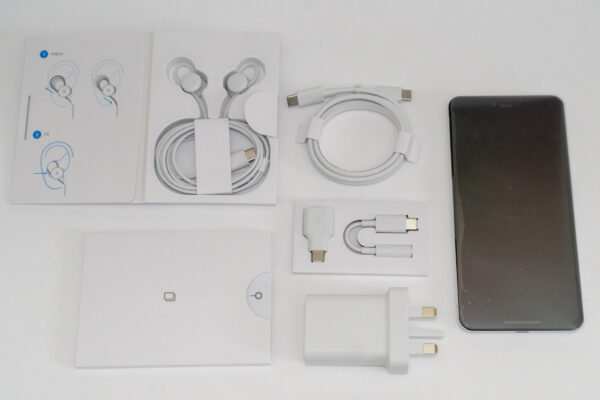
You’ll also find a 18 Watt USB Type-C PD power adapter included, together with a USB Type-C charging cable.
Under the hood, the Pixel 3 smartphones are powered by Qualcomm’s flagship Snapdragon 845. All models come with 4 GB of RAM, with options for either 64 GB or 128 GB of flash storage. There are three colours: Just Black, Clearly White, and Not Pink.
The pure Google software experience is one of the most outstanding features of all Pixel devices. The fluid and uncluttered software is such a joy to use. Google’s new Call Screening feature, unfortunately, won’t be available in Singapore at launch later this month. This feature helps to answer your calls using Google’s Duplex technology, asking who’s calling and why they’re calling, and transcribing into text. It’s an excellent way to deal with telemarketers, and can also help you discreetly decide if you need to take a call while you’re in a meeting. I really need this.
Out of the box, the Pixel 3 smartphones run Android 9.0 Pie, with Android OS updates and security patches from Google promised for three years, until October 2021. In light of the mobile security threat landscape, it is really important that your smartphone gets all the updates it can, and as quickly as it can.
Sales in Singapore commences on 1st November, although you can pre-order the Pixel 3 smartphones now. Prices start at S$1249 for the smaller Pixel 3 (S$1349 for 128 GB), and S$1399 for the Pixel 3 XL (S$1549 for 128 GB). You can buy all variants, all colours and storage capacities, from Google Store Singapore directly. You can also buy selected models from SingTel and StarHub.
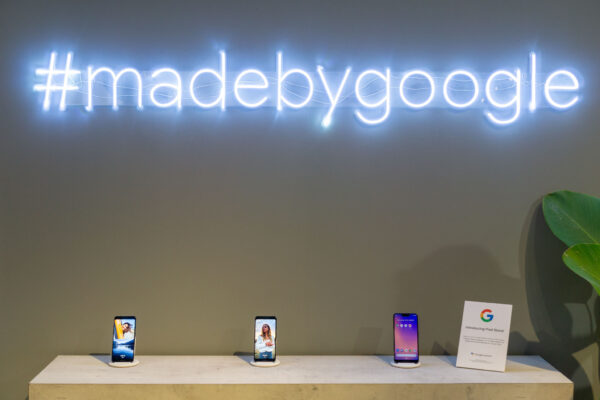
Google’s third generation Pixel smartphones are an evolutionary upgrade. The Pixel 3 XL feels remarkably good. The hardware is polished and refined. While the notch may evoke strong emotions, I feel it’s something we can live with until someone comes up with another way to accommodate front cameras, speakers, and other sensors.
This is most definitely the Android flagship to get if you’re after the pure Google software experience. If not, the camera, photo storage, software features, and direct Google software updates for three years, may be good enough reasons to get one of the Pixel 3 devices.
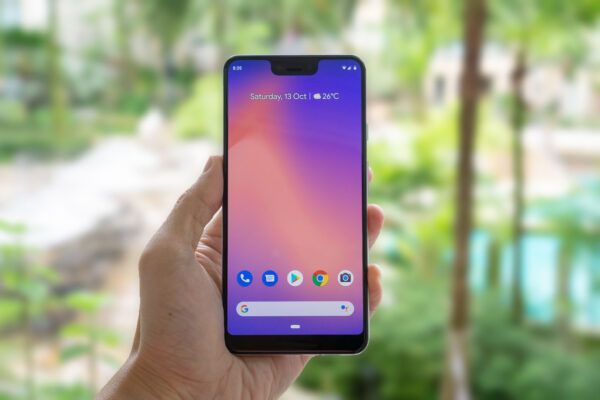
I’ll have a more in-depth review coming up soon. You may also be interested in the Google Fabric Case. Watch my blog, or follow my Facebook Page, if you are interested in updates.
View Comment Policy